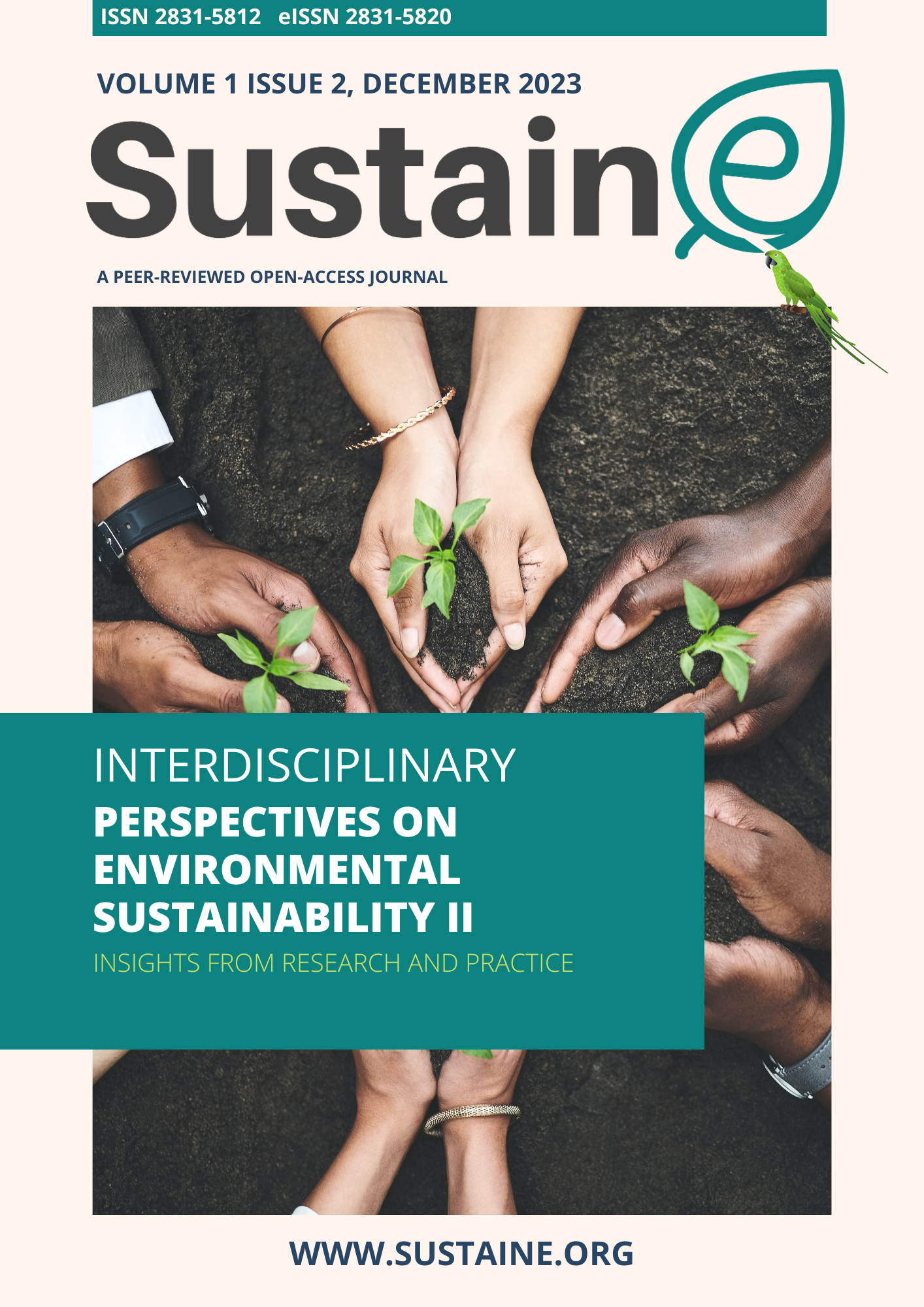Isolating and Characterizing Potential Indigenous Wild Yeasts for Bioethanol Production from Local Resources
DOI:
https://doi.org/10.55366/suse.v1i2.11Keywords:
Bioethanol, Fermentation, Arekex, Isolation, MoladdesAbstract
Shortage of fossil fuels and rising greenhouse gas emissions have increased global interest in biofuel production and renewable energy. This study aimed to isolate, screen, and characterize ethanol-tolerant wild indigenous yeasts with high bioethanol yield from areke, a traditional fermented alcoholic product, collected at different production stages from diverse sites. Methods included isolation, screening based on pH, temperature, ethanol tolerance, carbohydrate assimilation, ethanol production measurement, and molecular identification. From 270 isolates, 10 (3.7%) tolerated 22% ethanol, and 4 (1.5%) tolerated 23% ethanol and were selected for further analysis. Ethanol production from sugarcane molasses was determined using the Hall method and verified with an Ebulliometer. Among these, two isolates (Mda and Dt1e) showed the highest bioethanol yields of 14.3% v/v and 13.2% v/v, respectively, at pH 4.39, 35 °C, and 30° Brix molasses concentration under shaking conditions. Morphological, colony, and molecular analyses identified the isolates as Saccharomyces cerevisiae and Kluyveromyces marxianus. This study demonstrates the presence of highly ethanol-tolerant, acid- and heat-resistant indigenous yeasts with excellent bioethanol production potential, supporting their recommendation for industrial bioethanol production.
Downloads
Published
Issue
Section
Categories
License
Copyright (c) 2023 SustainE

This work is licensed under a Creative Commons Attribution-NonCommercial 4.0 International License.


